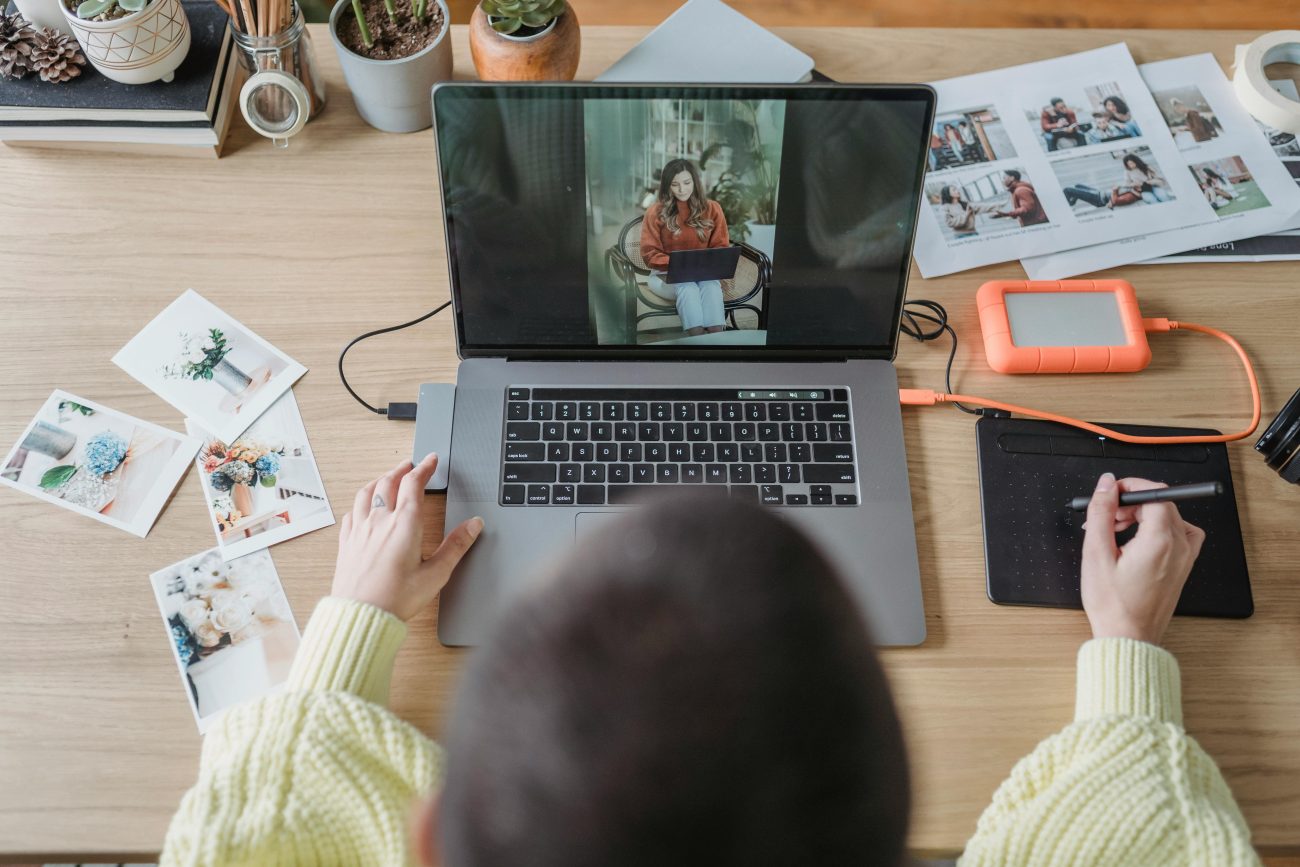In today’s digital age, photo editing has become an essential skill for photographers, social media enthusiasts, and content creators alike. Whether you’re aiming to enhance your personal photos or produce professional-quality images, mastering the art of editing can significantly elevate your work. However, diving into photo editing can seem overwhelming at first, especially with the multitude of tools and techniques available. The good news is that with a focused approach, practice, and a willingness to learn, you can develop impressive editing skills that bring your images to life. This article offers practical tips to help you improve your photo editing abilities, from mastering basic tools to learning through consistent practice and tutorials.
Master Basic Photo Editing Tools to Enhance Your Skills
Getting comfortable with the fundamental photo editing tools is the first step toward becoming proficient in editing. Most photo editing software, whether it’s Adobe Photoshop, Lightroom, or free options like GIMP or Paint.NET, share core features that form the backbone of editing workflows. Familiarizing yourself with these basic tools enables you to make quick corrections and lays the foundation for more advanced techniques. Start by exploring essential functions such as cropping, straightening, and adjusting exposure. Cropping helps you improve composition and remove distractions, while straightening ensures your horizon lines are level, instantly elevating the overall look of your image.
Another critical aspect of basic editing involves mastering adjustments for brightness, contrast, and color balance. These controls allow you to correct underexposed or overexposed photos, bring out details in shadows or highlights, and achieve the desired mood or tone. Practice using sliders to subtly enhance your images without overdoing it—small, thoughtful adjustments often produce the most natural results. Additionally, learn to utilize tools like the clone stamp or healing brush for removing blemishes, dust spots, or unwanted objects. These tools are invaluable for refining images and giving them a polished appearance. As you become comfortable with these fundamentals, you’ll find your confidence growing, and editing will become more intuitive and less time-consuming.
Furthermore, understanding layer management and masking can profoundly improve your editing efficiency and creativity. Layers allow you to make non-destructive edits, experiment without fear of damaging the original image, and combine multiple adjustments seamlessly. Masks help you apply changes dynamically to specific areas rather than the entire photo—ideal for retouching skin, enhancing backgrounds, or adding creative effects. Spend time practicing how to use layers and masks effectively, as they are powerful tools that unlock greater control over your edits. Mastering these basic tools provides a solid platform for more complex editing techniques and helps you develop a keen eye for detail and precision in your work.
Practice Consistently and Learn from Tutorials to Improve
Like any skill, improving your photo editing abilities requires consistent practice. Set aside regular time for editing exercises, even if they involve just small projects or experimenting with different adjustments. The more you practice, the better you’ll understand how various tools and settings affect your images. Challenge yourself to edit different types of photos—landscapes, portraits, macro shots—to diversify your skill set and learn how to handle different scenarios. Keep a portfolio of your work to track your progress over time and identify areas where you’d like to improve. Over time, you’ll notice that editing becomes more intuitive, and your style begins to emerge naturally.
Learning from tutorials is one of the most effective ways to accelerate your growth. There is a wealth of online resources—YouTube videos, online courses, blogs, and forums—that provide step-by-step guidance on various editing techniques. Watching tutorials helps you understand not only what tools to use but also why certain adjustments work better for different images. Take notes, pause videos when needed, and try to replicate the techniques on your own photos. Don’t be discouraged if your first attempts don’t match the tutorial; practice is all about experimentation and learning from mistakes. As you build your knowledge base, you’ll start to develop your unique editing style and discover new effects or workflows that suit your creative vision.
Finally, stay curious and open to exploring new editing styles and software features. The photo editing landscape is constantly evolving, with new tools, presets, and AI-powered enhancements emerging regularly. Engage with online communities, such as AnswerHub.com, to exchange tips, ask questions, and get feedback on your work. Participating in challenges or photo editing contests can also motivate you to push your skills further. Remember, improvement is a gradual process, and consistency paired with a willingness to learn will yield remarkable results. By dedicating time to practicing and absorbing new knowledge through tutorials, you’ll find your editing skills steadily advancing and your images more compelling than ever.
Becoming proficient in photo editing is a rewarding journey that combines mastering fundamental tools with continuous practice and learning. By familiarizing yourself with basic editing functions, layers, and masks, you build a strong technical foundation that allows for creative experimentation. Coupling this knowledge with regular practice and exploring tutorials accelerates your growth, helping you develop a distinct style and confidence in your editing abilities. Whether you’re a hobbyist or aspiring professional, embracing these tips will take your photos from ordinary to extraordinary—so start experimenting today and see how your skills evolve over time.

